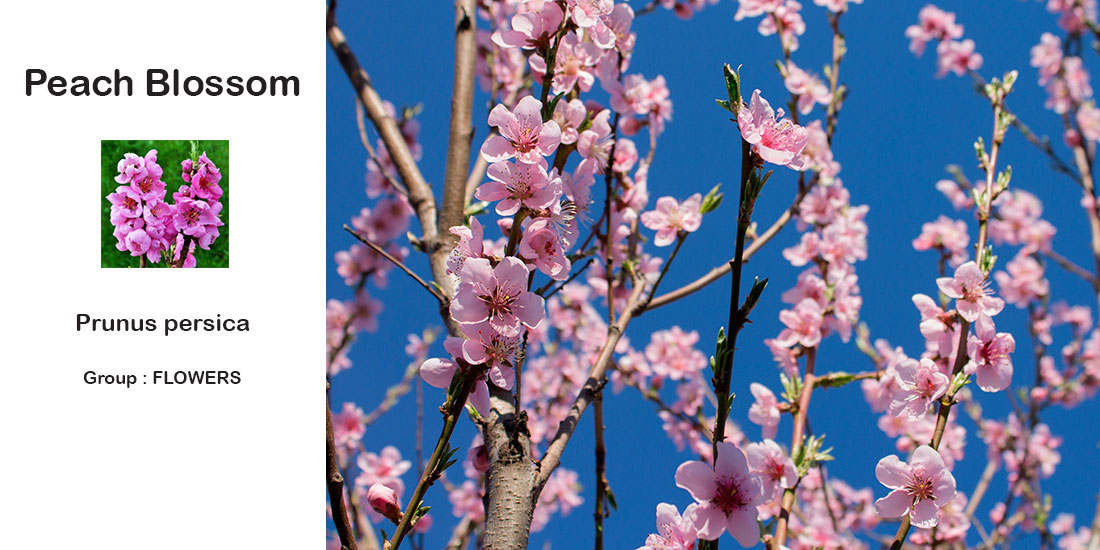
Fragrance Profile: A self-evident category of fragrance notes, directly smelling of fragrant blossoms, often rich in nuance: from the banana top note of ylang-ylang, the wine nuances in fresh roses and the powdery, almond-like character of heliotrope, to the camphorous side of freshly-picked tuberose, all the way through the apricot scent of osmanthus, the lemony touches of magnolia and the caramelic facets of lavender, flowers can present surprising sides which never cease to fascinate not just insects, but human as well. Many of the flowers are rendered through natural sources: Rose and jasmine are notoriously prized for their incomparable essences, rendered through many different techniques (solvent extraction, enfleurage, distillates). The other natural flower extracts include broom, tuberose, lavender, osmanthus, immortelle, ylang ylang and marigold. Other flowers refuse to yield their core aroma, or the yield is so minute that replicating the scent in the lab is the way to go. Violet, lotus and water lily do produce an absolute, but it's very expensive and the yield is so small that only niche and artisanal/all-natural brands can afford to use them. The following flowers are typically reconstructed in the lab via several synthetic molecules: freesia, peony, lily of the valley, mimosa, heliotrope, violet (most of the time), jonquil, narcissus, hyacinth... Floral scents add a romantic and often feminine touch to a composition, augmenting the feel of natural beauty derived from smelling a composition, fanning the fleeting top notes onto a tapestry where everything has its place and alleviating some of the heaviness of more tenacious materials, such as resins and balsams. Natural flower extracts also work with the psyche, if we are to believe aromatherapy, in ameliorating the contact with the natural world and providing spiritual uplift. Flowers play an important role in the floral fragrance family, obviously, but they manage to enter almost all perfume compositions in one form or another, from the lightest eau de cologne to the most lush oriental, even in some masculine colognes. They notably play an intriguing part in "floral orientals" (florientals), where they shine clearest amidst the opulence of materials of Eastern origin.
Join with us. Subscribe to our mailing list
Be the first to know about our latest news , trends and offers straight your inbox.
We Will Never ever share your contact details with anyone




